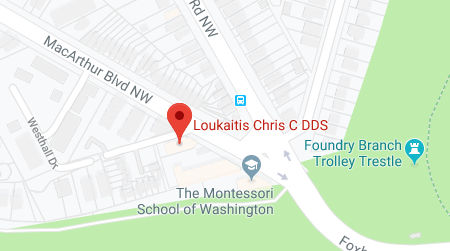Cataract surgery is one of the most common and successful medical procedures performed today, restoring clear vision to millions of people worldwide. However, many patients wonder whether cataracts can return after surgery. The good news is that once a cataract is removed, it cannot come back. However, some people may experience a condition called posterior capsule opacification (PCO), which can cause vision to become cloudy again after surgery. Understanding this and other potential post-surgery concerns can help patients feel more confident about their long-term eye health.
Why Cataracts Can’t Return After Surgery
Cataracts develop when the natural lens of the eye becomes cloudy, typically due to aging, genetics, or prolonged UV exposure. During cataract surgery, this cloudy lens is removed and replaced with an artificial intraocular lens (IOL), which is designed to be permanent and resistant to clouding. Because the natural lens is completely removed, a cataract cannot regrow on the new artificial lens.
However, some patients may notice blurry vision months or even years after their surgery, leading them to believe their cataract has returned. This is usually due to PCO, a common but treatable condition.
Understanding Posterior Capsule Opacification (PCO)
PCO occurs when the thin membrane (capsule) that originally held the eye’s natural lens becomes cloudy after cataract surgery. This happens when leftover lens cells multiply and spread over the capsule, scattering light and causing blurred vision similar to a cataract.
Symptoms of PCO include:
- Gradual blurring or haziness of vision
- Glare or halos around lights, especially at night
- Difficulty reading or seeing clearly, even with glasses
PCO is sometimes called a “secondary cataract,” but this term is misleading because it is not a true cataract. Fortunately, it is easily treatable with a quick and painless YAG laser capsulotomy. This outpatient procedure removes the cloudy part of the capsule, restoring clear vision almost immediately.
Other Vision Concerns After Cataract Surgery
While cataract surgery permanently removes the cloudy lens, other age-related eye conditions can still affect vision. One such condition is age-related macular degeneration (AMD), which impacts the central part of vision and can progress independently of cataract surgery. AMD can make it difficult to read, recognize faces, or perform detailed tasks.
For those experiencing vision issues after cataract surgery, it’s important to rule out conditions like AMD, glaucoma, or diabetic retinopathy. Seeking Private age related macular degeneration treatment can help slow progression and preserve vision for as long as possible.
How to Maintain Eye Health After Cataract Surgery
Even though cataracts won’t return, keeping your eyes healthy after surgery is essential for long-term vision clarity. Here are some key tips:
- Attend regular eye exams to monitor for conditions like AMD or glaucoma.
- Wear UV-protective sunglasses to shield your eyes from harmful sun exposure.
- Maintain a healthy diet rich in antioxidants, omega-3s, and leafy greens to support overall eye health.
- Monitor vision changes and report any blurriness, distortion, or difficulty seeing to an eye specialist.
Cataracts do not come back after surgery, but conditions like PCO or other age-related eye diseases can cause post-surgery vision issues. Fortunately, PCO can be easily treated with a quick laser procedure, and other eye conditions can be managed with proper care. If you experience vision problems after cataract surgery, consulting with an eye specialist can help determine the cause and the best course of action to keep your vision as clear as possible for years to come.







